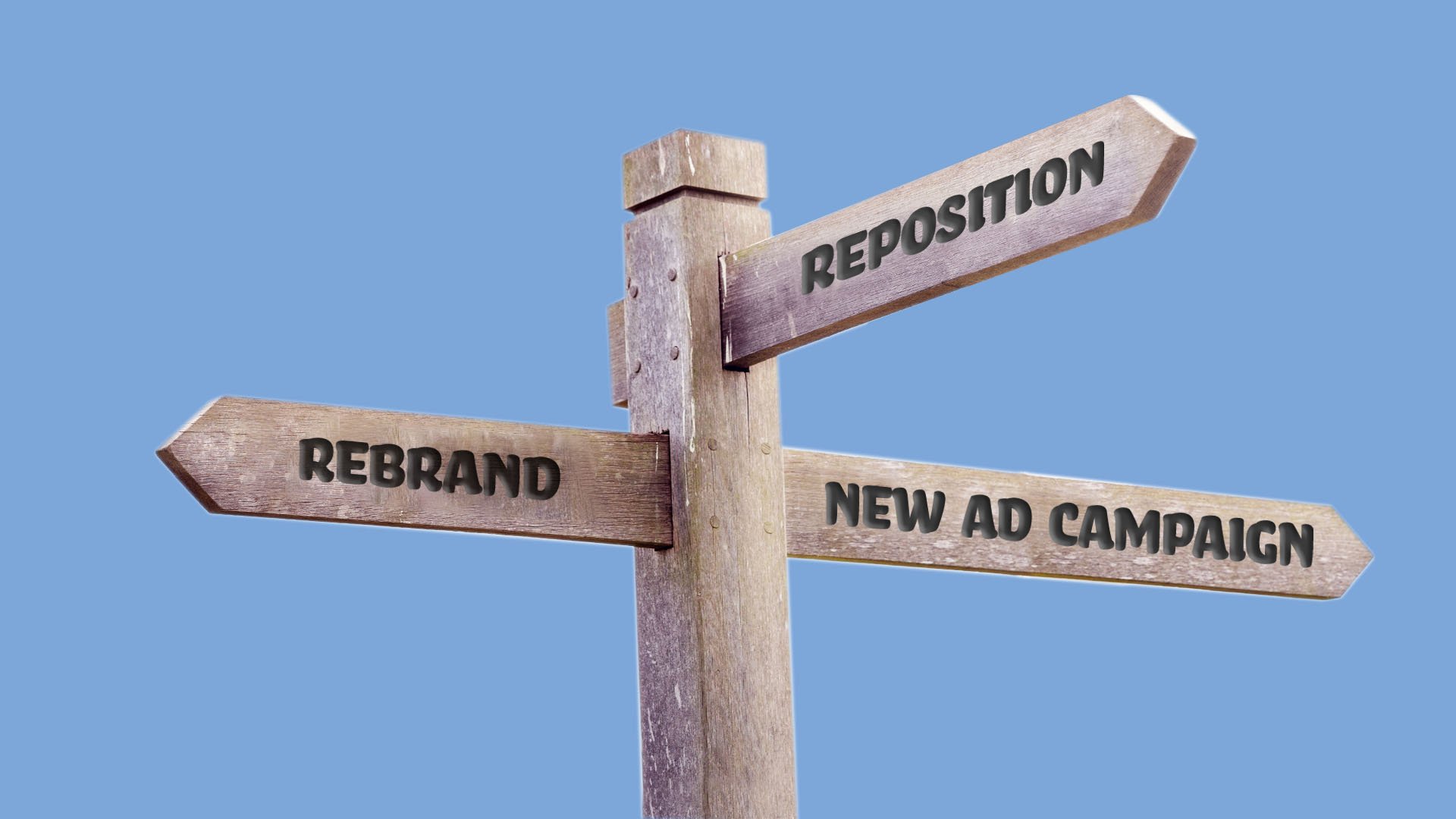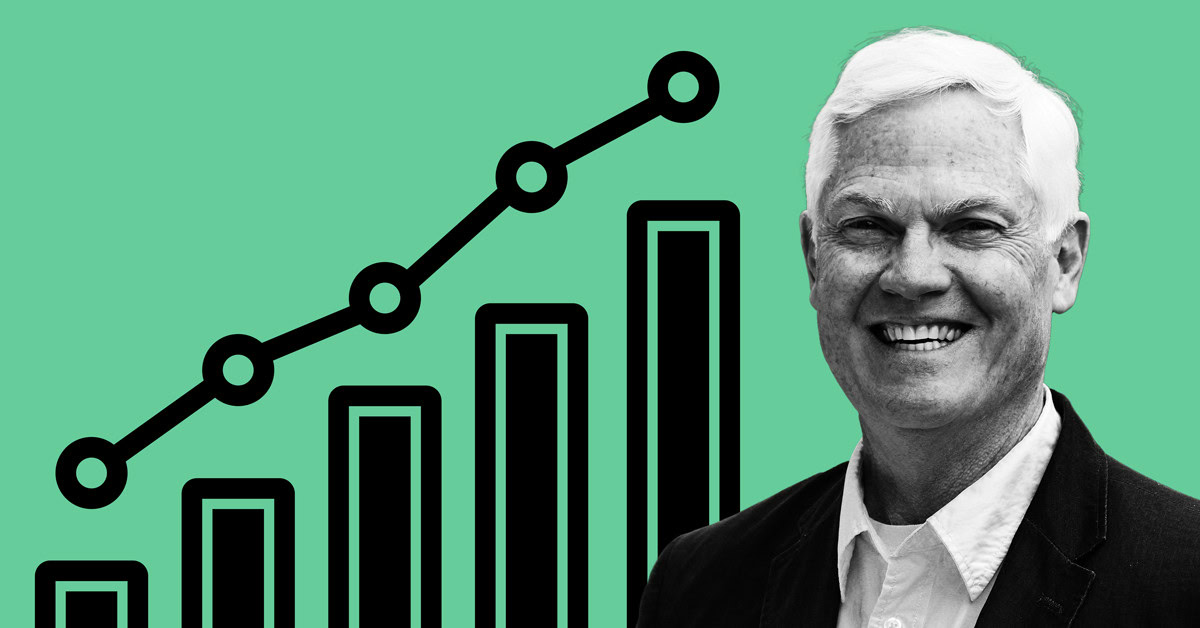How Companies Reposition, Rebrand, and Revitalize Ad Campaigns to Gain Competitive Advantage

You see it more often than you realize – companies changing their market positioning; or famous brands spending a fortune to rebrand themselves; or other brands changing their advertising campaign, but not changing their positioning or undertaking a rebranding.
So, how do you know if and when your organization can benefit strategically from a repositioning, rebranding, a new advertising communications campaign – or a combination of these strategies?
Here, we will provide the basics starting with definitions and guidelines to help you begin to make your own determinations – along with a few short examples.
1. Repositioning for Competitive Advantage
A repositioning strategy is used to enable an organization to change its competitive position in the marketplace. The impetus for this serious change is made by the CEO and executive team, often with board involvement, to change to the growth strategy and to accelerate and sustain longer-term revenue and margin performance.
Usually, one or more market conditions have changed to stimulate the extensive research and development that results in a repositioning decision and a repositioning strategy, including:
- Changes in Customer Segments and Dynamics – The existing core customer base may be changing or dwindling. In consumer brands, younger segments must be captured for sustainability of revenues and margins. Repositioning would entail adapting to changing customers and customer needs and will likely affect product offerings, pricing, distribution, and messaging strategies.
- Changes in Competition – Your key competitors may be leading the way to capture new opportunities; or they may be sleeping leaving you an opening. You will be forced to react; or if you are smart, you will be the proactive leader. If your competition is investing more in the category, they see opportunity, and you risk losing market share. It’s a fact that categories can get hot for periods of time, and then cool off, or maintain some equilibrium based on a number of factors.
- Changes Created by Innovation – New innovations by existing competitors, or new solutions by new entrants into your market, will disrupt current market positionings. This will force the competitive players to respond and work to reposition themselves with other supporting differentiators.
A Case in Repositioning: Target – Over twenty years ago, in order to differentiate itself from competitors like Walmart, Target introduced a strategy of collaborating with name brand and higher-end designers to make good design accessible to everyone – at a more affordable price.
Target became known informally as “Tar-jay” – a play on the French cachet. This repositioning resulted in more foot traffic and higher sales overall, including those from a growing segment of higher income households who were now “given permission to be seen” at Target.
2. Rebranding: A Fresh Identity
Companies and brands will rebrand themselves by introducing a name change, a new logo and a new brand identity expression. They want their consumers to know that a change has happened and to set new expectations about the brand. A common impetus for rebranding is the merger of two competitors in a category. Other rebrands are stimulated by a major change in product offerings, a desire to overcome a negative image, or a need to appeal to new geographic or global markets.
- Changes in Product Offering – Boston Chicken became Boston Market because it expanded it menu strategy beyond chicken as part of an expansion strategy.
- Changing the Image – Philip Morris changed its name to Altria to overcome its negative image tied to tobacco and cigarettes and to make it easier for product diversification.
- Appealing to Global Markets – LG is a global brand and leader in innovation including in the home appliances and electronics markets. LG originated as a Korean cosmetics producer named “Lucky”. Years later it added “Goldstar,” a Korean electronics company. It changed its name to LG (combining Lucky and Goldstar) in 1995 as part of a long-term global expansion strategy. It also adopted the tag line, “Life’s Good” playing off of the LG name.
3. Revitalizing Ad Campaigns
Over the decades, many organizations have been able to revitalize their brands by launching impactful advertising campaigns. They did not rebrand. Nor did they reposition their product, pricing and distribution strategies.
They made a bold decision to stand for a big idea in the marketplace and put steady investments behind it that resulted in accelerated and sustainable growth. Three of my favorites:
- Volkswagen – My grandfather drove me around in a 1962 VW Beatle. I thought that it wasn’t cool to be seen in that when my friends were being driven around in Ford LTDs or Pontiac GTOs. But when Volkswagen launched its “Think Small” campaign, it made VWs cool to be seen in and led to fast-growing sales.
- Apple – Ok, it’s another use of “think”, but Apple’s “Think Different” campaign set the tone for Steve Job’s turnaround of the company that led to many new innovative products and solutions beyond the personal computer.
- Old Spice – My dad was an Old Spice guy, but the brand’s glory days were behind it – Until. Until they introduced “The Man Your Man Could Smell Like” campaign, launched in 2010. The brand quickly turned from being perceived as dated to modern and funny. Old Spice continues to use humor to make its brand appealing to younger demographic segments.
For a deeper dive, explore our Huntingdon Valley Bank (HVB) Rebranding Case Study on how we helped HVB become one of America’s fastest-growing banks, leading to a successful acquisition in 2023.
Gain a competitive edge with our Recession or No Recession series.
In our next Insight Tuesday, my partner, Kevin D. Kuchinski, and I will continue this exploration in Repositioning and Rebranding. Subscribe to Read.





